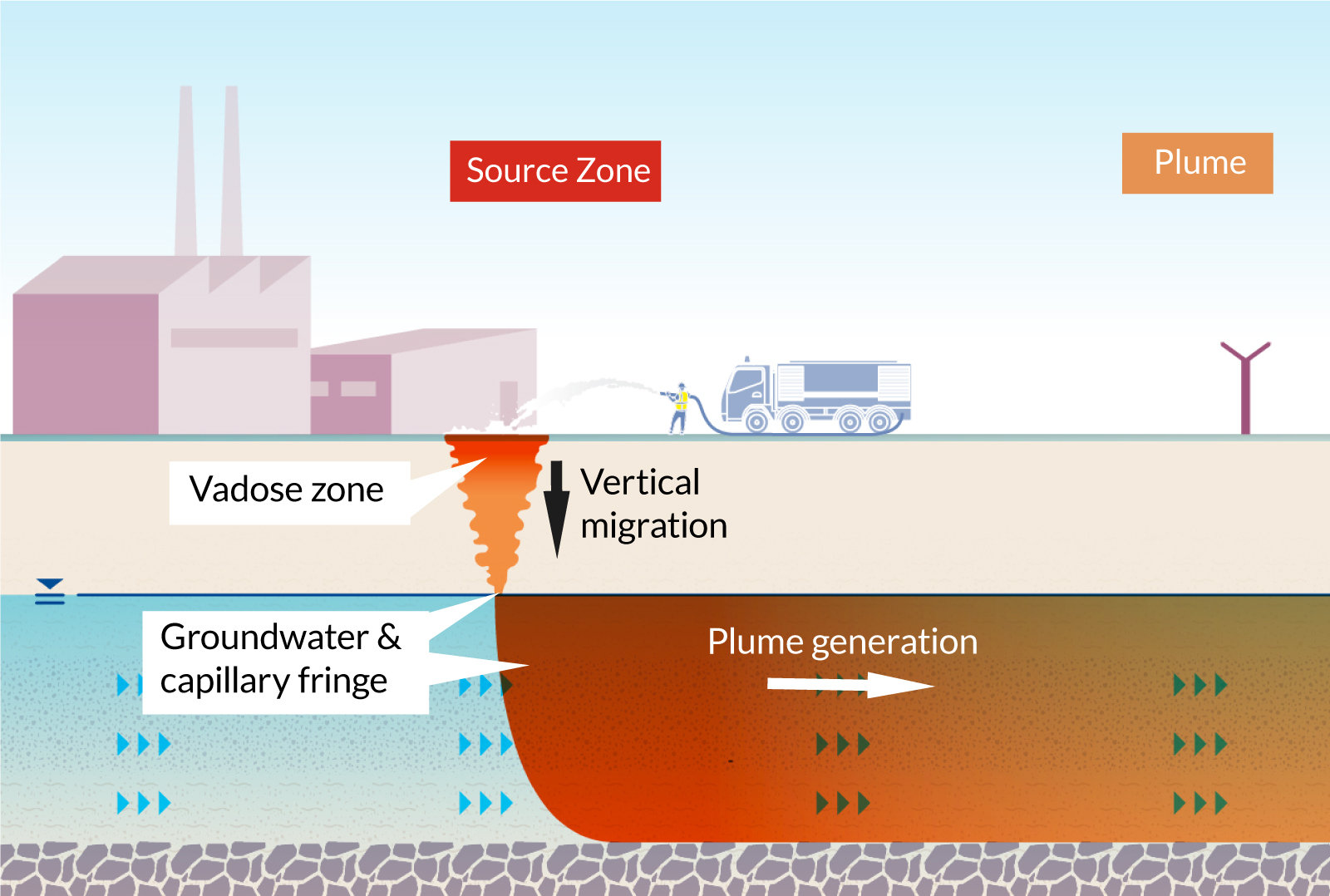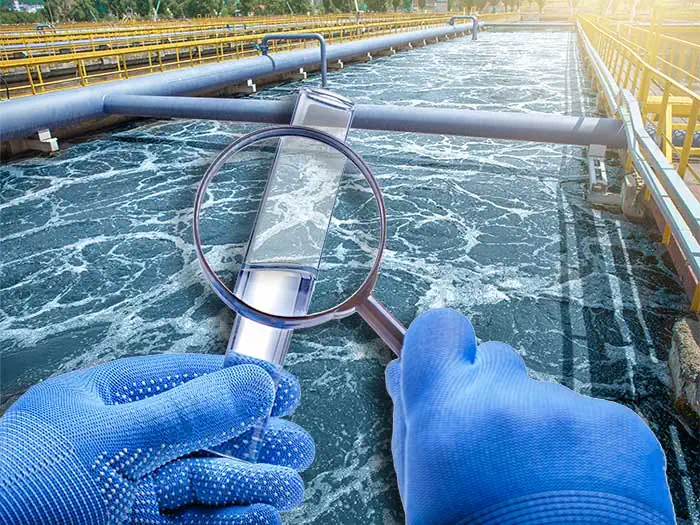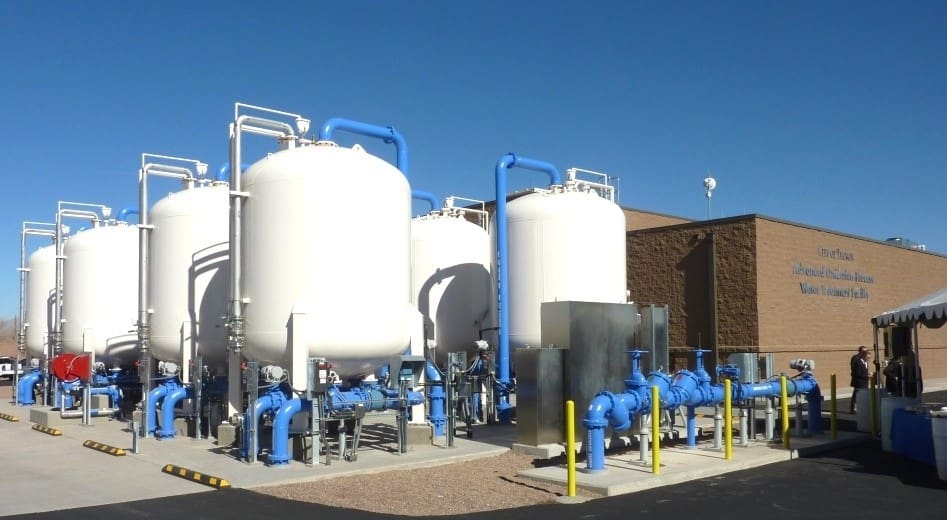Effective PFAS Waste Management in Agricultural Environments
Wiki Article
Your Guide to PFAS Treatment Technologies and Benefits
The prevalence of PFAS contamination in water resources requires a comprehensive understanding of readily available treatment technologies. Each modern technology not only targets details PFAS compounds yet likewise plays a critical function in enhancing overall water high quality and shielding ecological integrity.Comprehending PFAS Contamination
Comprehending PFAS contamination is critical for addressing its pervasive effect on environmental and human health and wellness (m270 pfas treatment). Per- and polyfluoroalkyl compounds (PFAS) are a team of artificial chemicals extensively made use of in numerous commercial and customer items as a result of their water- and grease-resistant homes. Typically discovered in firefighting foams, non-stick kitchenware, and water-repellent textiles, PFAS have entered the environment through production processes, wastewater discharges, and leaching from garbage dumpsOnce released, these materials continue the setting, resulting in extensive contamination of soil and water sources. Their one-of-a-kind chemical framework, defined by strong carbon-fluorine bonds, renders them immune to destruction, causing a sensation understood as "forever chemicals." Subsequently, PFAS can gather in the human body and the food cycle, potentially causing unfavorable health results, consisting of immune system disturbance, developmental issues, and an increased threat of specific cancers.
Regulative agencies and wellness organizations are significantly identifying the importance of PFAS contamination, motivating initiatives to keep track of, analyze, and reduce its impacts. Comprehending the paths of PFAS contamination is vital for educating public plan and establishing reliable methods to safeguard both ecological and human health.
Review of Treatment Technologies
Different therapy technologies have actually been created to deal with the obstacles positioned by PFAS contamination in water and dirt. These technologies can be broadly categorized right into several classifications, each with its unique systems and effectiveness in eliminating PFAS substances.One famous technique is ion exchange, which uses resin materials to capture and remove PFAS from contaminated water. An additional modern technology, progressed oxidation procedures (AOPs), utilizes solid oxidants and ultraviolet light to break down PFAS into less hazardous substances.

Triggered Carbon Filtering
Triggered carbon purification is an extensively made use of approach for the elimination of PFAS from infected water, recognized for its capacity to adsorb a wide range of natural substances. This technology employs turned on carbon, a very permeable product with an extensive area, which helps with the binding of PFAS molecules through physical adsorption. The effectiveness of turned on carbon in getting rid of PFAS is affected by numerous aspects, consisting of the sort of carbon utilized, the contact time, and the concentration of PFAS in the water.Among the benefits of turned on carbon purification is its versatility; it can be implemented in various configurations, such as granular turned on carbon (GAC) systems or powdered turned on carbon (SPECIAL-INTEREST GROUP) systems. GAC systems are commonly employed in larger-scale applications, while PAC can be made use of in smaller sized or short-term setups. The modern technology is fairly easy to operate and keep, making it easily accessible for numerous water therapy facilities.

Ion Exchange Systems
Ion exchange systems stand for one more effective technique for the removal of PFAS from infected water, matching approaches like triggered carbon filtration. These systems operate the principle of trading ions in the water with ions held on a resin product. Ion exchange resins can be particularly formulated to target the adversely charged PFAS substances, efficiently recording them and allowing cleaner water to travel through.One of the main benefits of ion exchange systems is their ability to get rid of a vast array of PFAS, including both long-chain and short-chain versions. This flexibility makes them ideal for various applications, ranging from metropolitan water treatment to industrial procedures. Additionally, ion exchange systems can typically attain lower detection restrictions for PFAS compared to some other therapy approaches, thus improving water top quality.
However, it is necessary to check and manage the regeneration of ion exchange media, as the efficiency can decrease over time due to saturation. Appropriate upkeep and substitute of the material are crucial for sustaining the system's efficiency. On the whole, ion exchange systems give a trustworthy and reliable remedy for PFAS elimination, contributing considerably to risk-free alcohol consumption water criteria and environmental management.
Advanced Oxidation Processes
Advanced Oxidation Processes (AOPs) utilize powerful oxidants to efficiently weaken PFAS substances in contaminated water. These cutting-edge therapy techniques generate extremely responsive types, such as hydroxyl radicals, that can damage down complex PFAS particles into much less unsafe results. m270 pfas treatment. m270 pfas treatment AOPs typically use combinations of ultraviolet (UV) light, ozone, hydrogen peroxide, or Fenton's reagent, enhancing the oxidation possibility and boosting destruction performanceThe key advantage of AOPs depends on their ability to target a broad range of PFAS substances, consisting of both long-chain and short-chain variations. This adaptability is vital, as PFAS contamination typically includes mixes of different substances with differing chemical structures. Furthermore, AOPs can be incorporated right into existing water treatment systems, making them a functional service for numerous communities and markets.
Nonetheless, the application of AOPs can be resource-intensive, requiring mindful consideration of operational expenses and energy consumption. In addition, while AOPs work in breaking down PFAS, they might not completely remove all by-products, demanding additional treatment steps - m270 pfas treatment. Overall, AOPs stand for an appealing method for resolving PFAS contamination, contributing to cleaner water sources and enhanced public health security

Verdict
In verdict, attending to PFAS contamination needs a detailed understanding of offered treatment technologies. Turned on carbon filtering, ion exchange systems, and advanced oxidation procedures each existing distinct advantages for effectively getting rid of these dangerous compounds from water resources. By choosing the appropriate modern technology, areas can enhance water quality, shield public health and wellness, and reduce the ecological dangers connected with PFAS direct exposure. Continued study and implementation of these methods are vital for effective management of PFAS contamination in affected locations.Report this wiki page